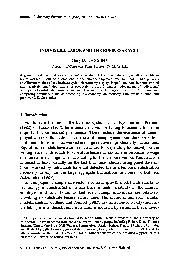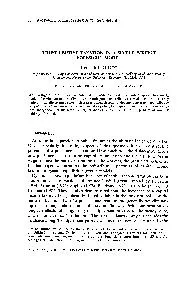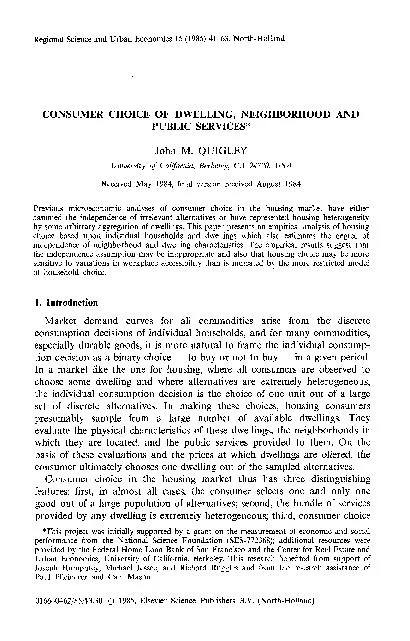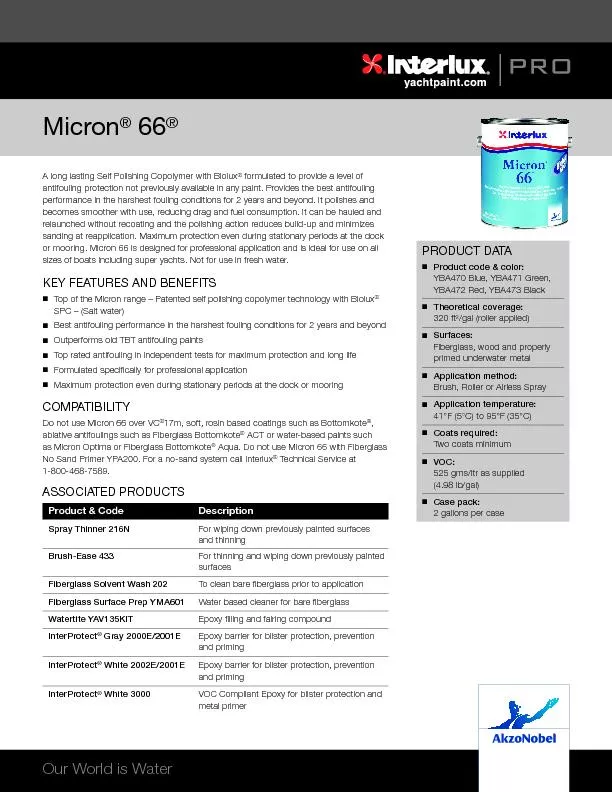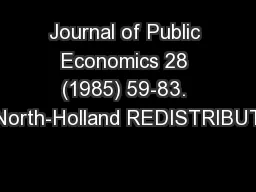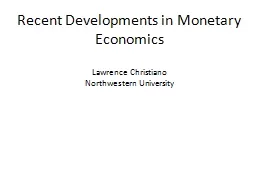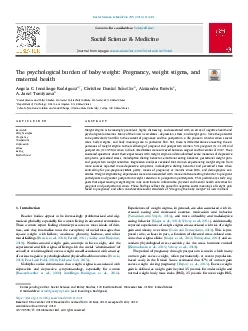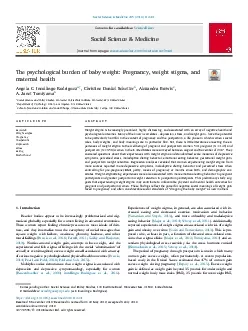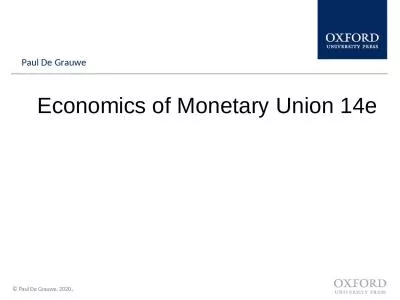PDF-Journal of Monetary Economics 16 (1985) 309-327. North-Holland
Author : test | Published Date : 2015-08-14
INDIVISIBLE LABOR AND THE BUSINESS CYCLE Gary D HANSEN Unioersify of California Santa Barbara CA 93104 USA A growth model with shocks to technology is studied Labor
Presentation Embed Code
Download Presentation
Download Presentation The PPT/PDF document "Journal of Monetary Economics 16 (1985) ..." is the property of its rightful owner. Permission is granted to download and print the materials on this website for personal, non-commercial use only, and to display it on your personal computer provided you do not modify the materials and that you retain all copyright notices contained in the materials. By downloading content from our website, you accept the terms of this agreement.
Journal of Monetary Economics 16 (1985) 309-327. North-Holland: Transcript
Download Rules Of Document
"Journal of Monetary Economics 16 (1985) 309-327. North-Holland"The content belongs to its owner. You may download and print it for personal use, without modification, and keep all copyright notices. By downloading, you agree to these terms.
Related Documents

